How Maps Shaped Shakespeare
An exhibition in Boston delves into historical maps to show how the Bard saw the wider world
William Shakespeare knew his way around a map—just look at how King Lear divides his kingdom into three parts, creating chaos while he pursues his “darker purpose.” But what did the world look like when the Bard still walked the earth? An exhibition at the Boston Public Library celebrates the 400th anniversary of Shakespeare’s death through historical maps. The play might be the thing for Shakespeare, but these maps, Linda Poon reports for CityLab, shed light on the playwright’s unique perspective and how he created drama for 16th-century theatergoers.
Shakespeare Here and Everywhere, which can be viewed at the Norman B. Leventhal Map Center at the Boston Public Library through February 26, 2017, uses maps to show how Shakespeare thought of far-off worlds. Though he was based in England, the Bard often used foreign settings to create exotic stories—and thanks to the development of maps and atlases during his era, he was able to elevate what amounted to armchair traveling into fine art.
International travel was treacherous and expensive during Shakespeare’s day, so it’s not surprising that neither he nor many of his contemporaries ever left England. But in a time before TV or the internet, maps were a source not just of coveted information, but of entertainment. As the British Museum notes, to own or look at a map meant the viewer was literally worldly, and atlases and wall maps were used not as ways of navigating places most people would never encounter, but as symbols of education and adventure.
Can’t make it to Boston? Do some armchair traveling of your own: You can view the maps in the exhibition on the library’s website. Or explore the locales mentioned in Shakespeare’s plays with Shakespeare on the Map, a project that uses Google Maps to show how the playwright used location.
Editor's note, December 6, 2016: The piece has been updated to reflect that the Norman B. Leventhal Map Center is an independent organization located at the Boston Public Library.
/https://tf-cmsv2-smithsonianmag-media.s3.amazonaws.com/accounts/headshot/erin.png)
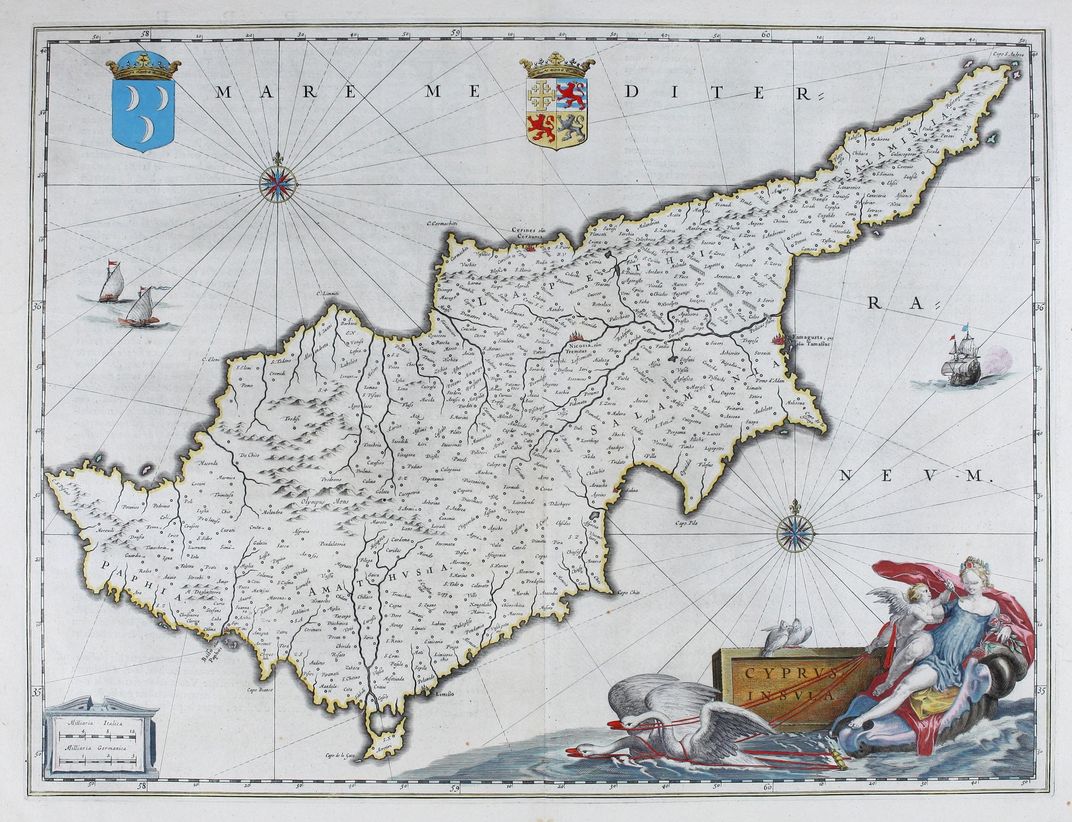
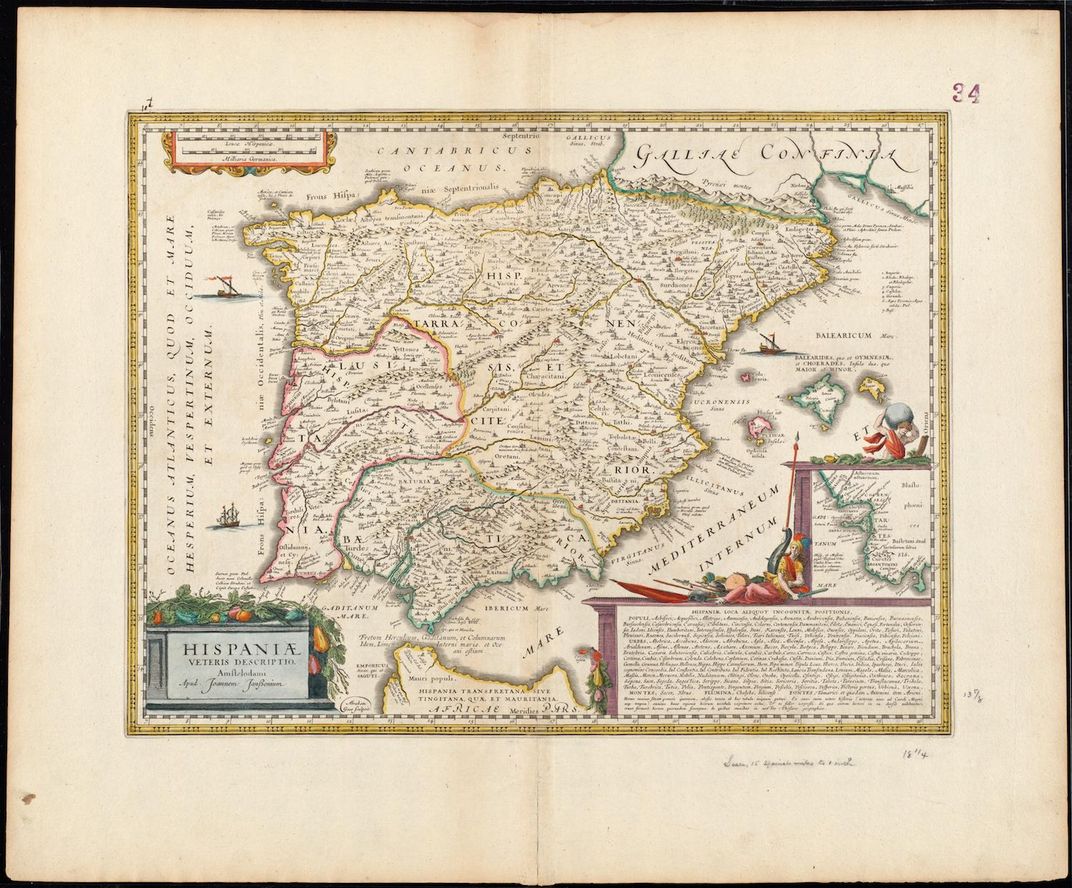
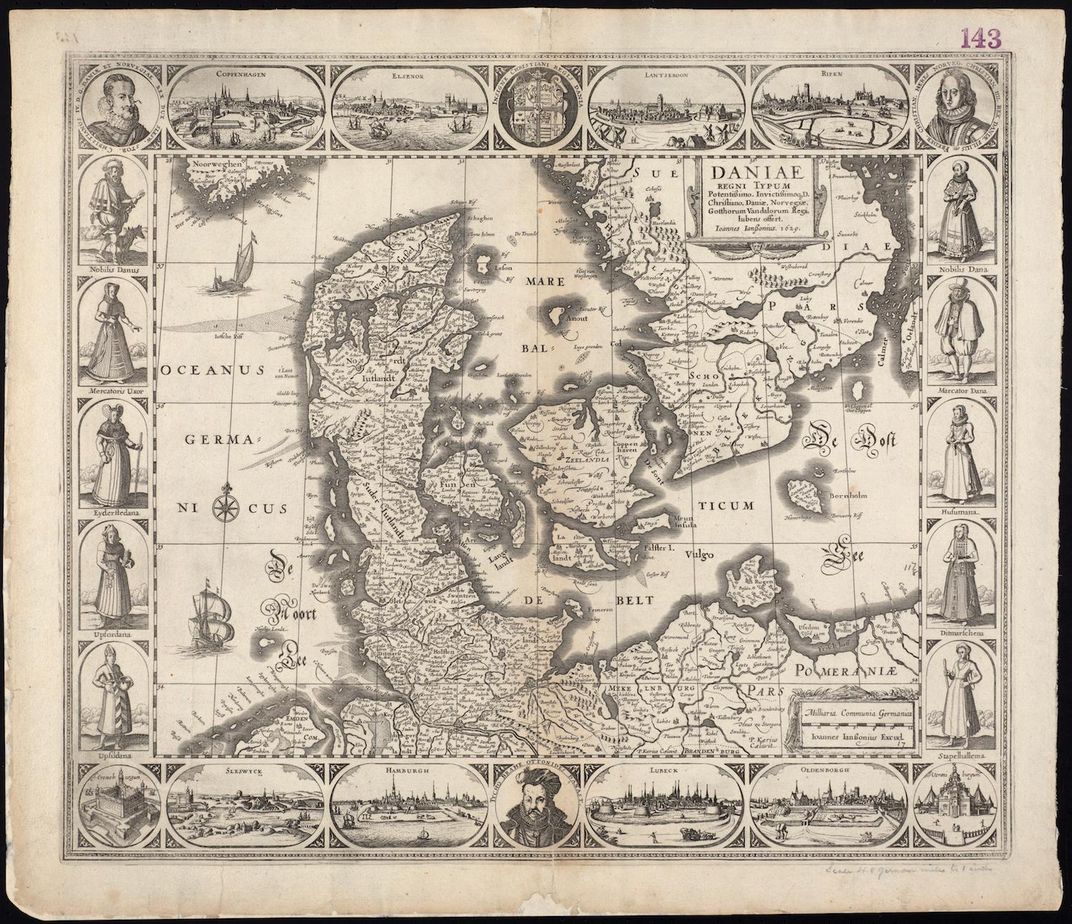
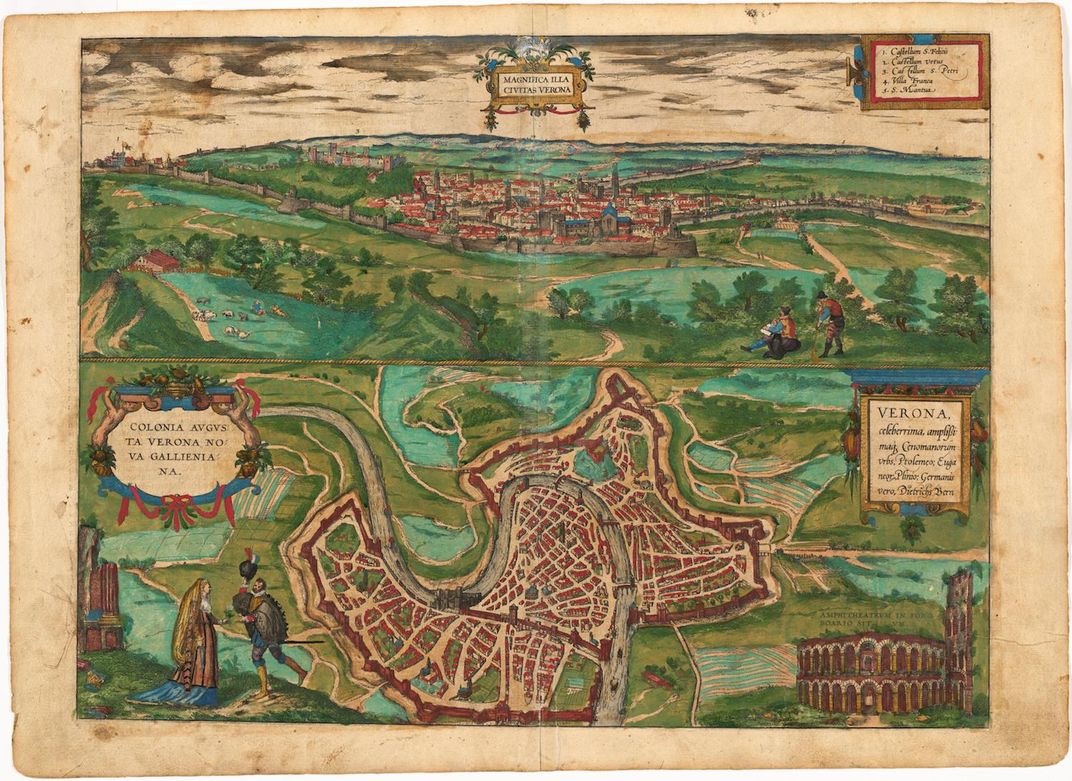
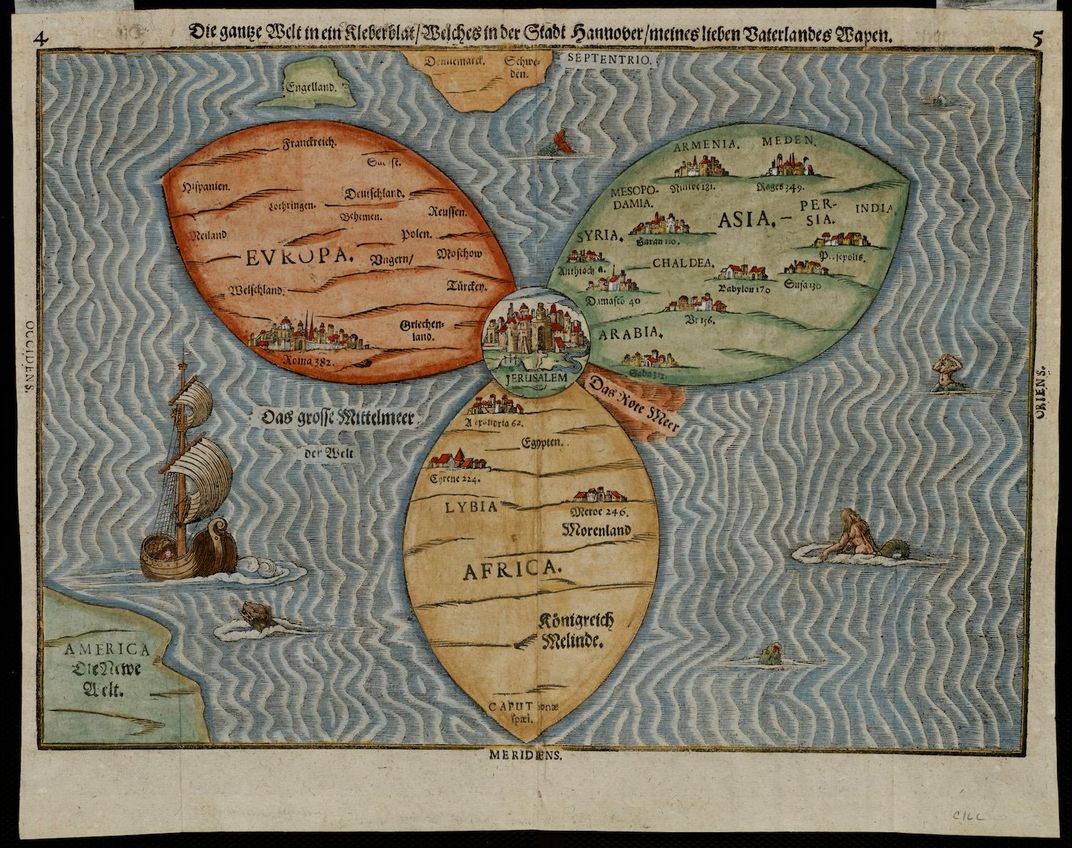
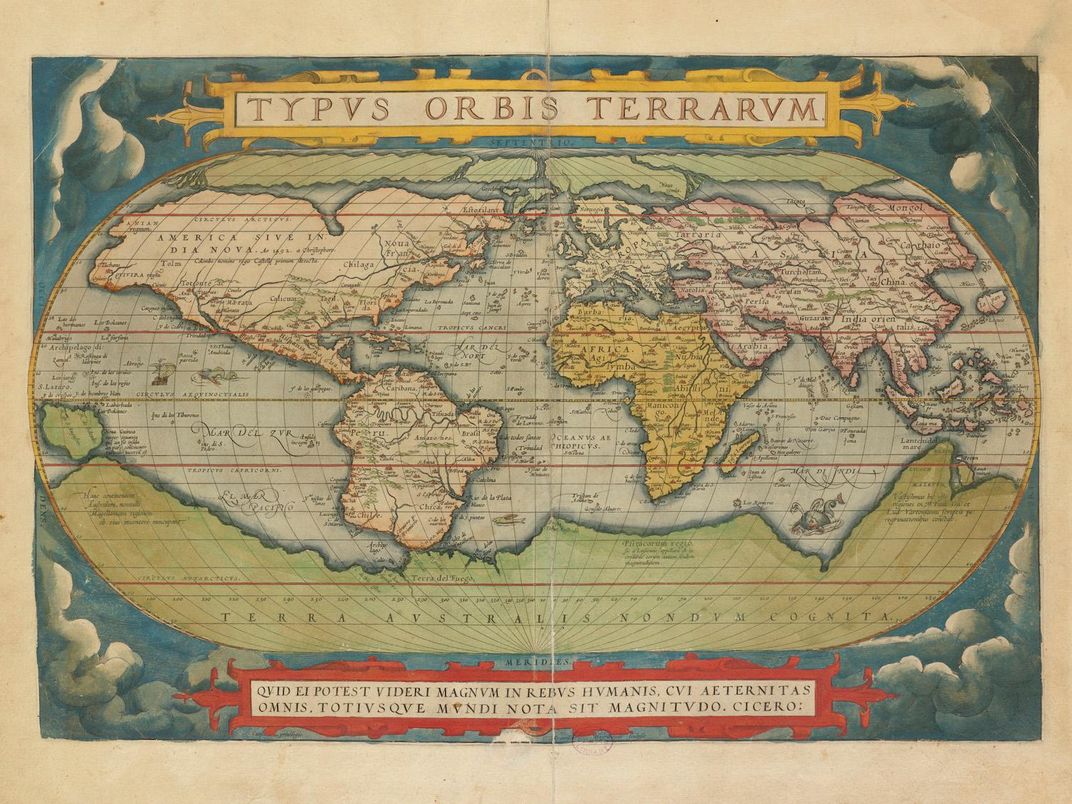
/https://tf-cmsv2-smithsonianmag-media.s3.amazonaws.com/accounts/headshot/erin.png)